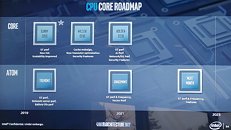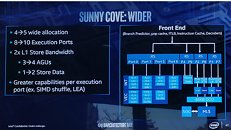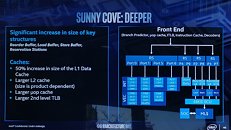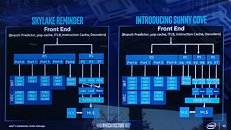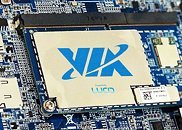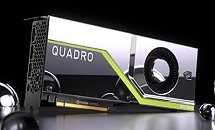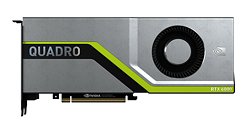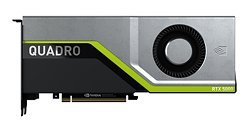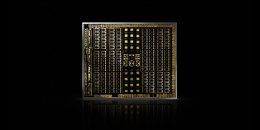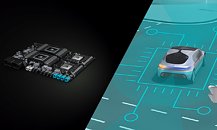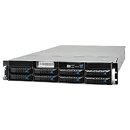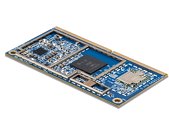
AMD 7nm EPYC "Rome" CPUs in Upcoming Finnish Supercomputer, 200,000 Cores Total
During the next year and a half, the Finnish IT Center for Science (CSC) will be purchasing a new supercomputer in two phases. The first phase consists of Atos' air-cooled BullSequana X400 cluster which makes use of Intel's Cascade Lake Xeon processors along with Mellanox HDR InfiniBand for a theoretical performance of 2 petaflops. Meanwhile, system memory per node will range from 96 GB up to 1.5 TB with the entire system receiving a 4.9 PB Lustre parallel file system as well from DDN. Furthermore, a separate partition of phase one will be used for AI research and will feature 320 NVIDIA V100 NVLinked GPUs configured in 4-GPU nodes. It is expected that peak performance will reach 2.5 petaflops. Phase one will be brought online at some point in the summer of 2019.
Where things get interesting is in phase two, which is set for completion during the spring of 2020. Atos' will be building CSC a liquid-cooled HDR-connected BullSequana XH2000 supercomputer that will be configured with 200,000 AMD EPYC "Rome" CPU cores which for the mathematicians out there works out to 3,125 64 core AMD EPYC processors. Of course, all that x86 muscle will require a great deal of system memory, as such, each node will be equipped with 256 GB for good measure. Storage will consist of an 8 PB Lustre parallel file system that is to be provided by DDN. Overall phase two will increase computing capacity by 6.4 petaflops (peak). With deals like this already being signed it would appear AMD's next-generation EPYC processors are shaping up nicely considering Intel had this market cornered for nearly a decade.
Where things get interesting is in phase two, which is set for completion during the spring of 2020. Atos' will be building CSC a liquid-cooled HDR-connected BullSequana XH2000 supercomputer that will be configured with 200,000 AMD EPYC "Rome" CPU cores which for the mathematicians out there works out to 3,125 64 core AMD EPYC processors. Of course, all that x86 muscle will require a great deal of system memory, as such, each node will be equipped with 256 GB for good measure. Storage will consist of an 8 PB Lustre parallel file system that is to be provided by DDN. Overall phase two will increase computing capacity by 6.4 petaflops (peak). With deals like this already being signed it would appear AMD's next-generation EPYC processors are shaping up nicely considering Intel had this market cornered for nearly a decade.



